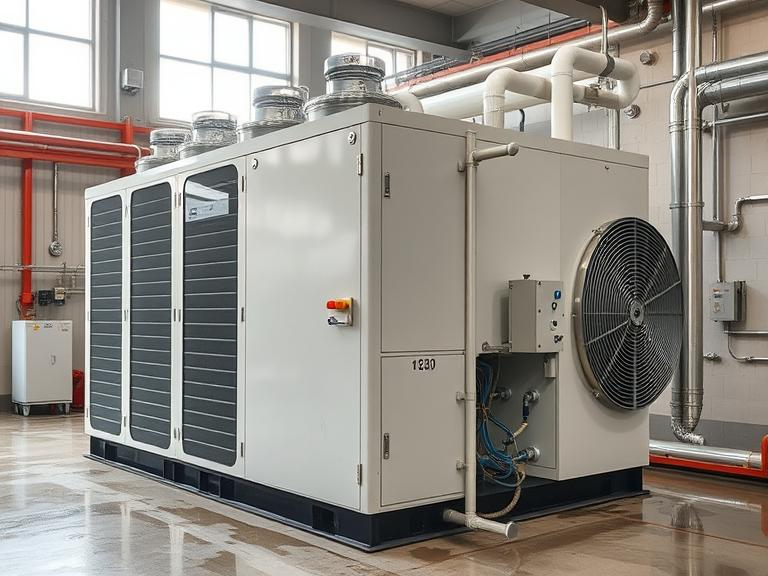
Understanding the Mechanics of Hot Water Absorption Chillers for Energy-Efficient Cooling
Introduction: A Shift Toward Waste Heat Utilization
As industries pursue low-energy cooling systems, Hot Water Absorption Chillers (HWACs) are gaining traction by converting waste hot water into effective cooling. Unlike electric chillers, HWACs rely on heat-driven chemical cycles, reducing energy costs and environmental impact.
Related Links: Chiller Solutions | CCHP Systems | About BROAD India | Contact Us | BROAD International
The Absorption Cooling Process Explained:
HWACs follow a four-step thermodynamic cycle:
- Evaporation: Water absorbs heat and evaporates, creating a cooling effect.
- Absorption: Lithium bromide absorbs the water vapor and maintains system pressure.
- Regeneration: Hot water heats the absorbent to expel refrigerant vapor.
- Condensation: Refrigerant vapor condenses, completing the cycle.
Minimal electricity means HWACs shine in facilities focused on waste heat recovery.
Industries Benefiting from HWACs:
- Power plants, refineries, and manufacturing units use HWACs to maximise waste-heat usage.
- Large commercial buildings and cogeneration facilities integrate HWACs for greater efficiency.
Conclusion: The Future of Industrial Cooling
Hot Water Absorption Chillers represent a smart, sustainable evolution in industrial cooling. By utilising waste heat, they reduce power dependency and carbon footprint—setting a new standard for modern HVAC systems.
